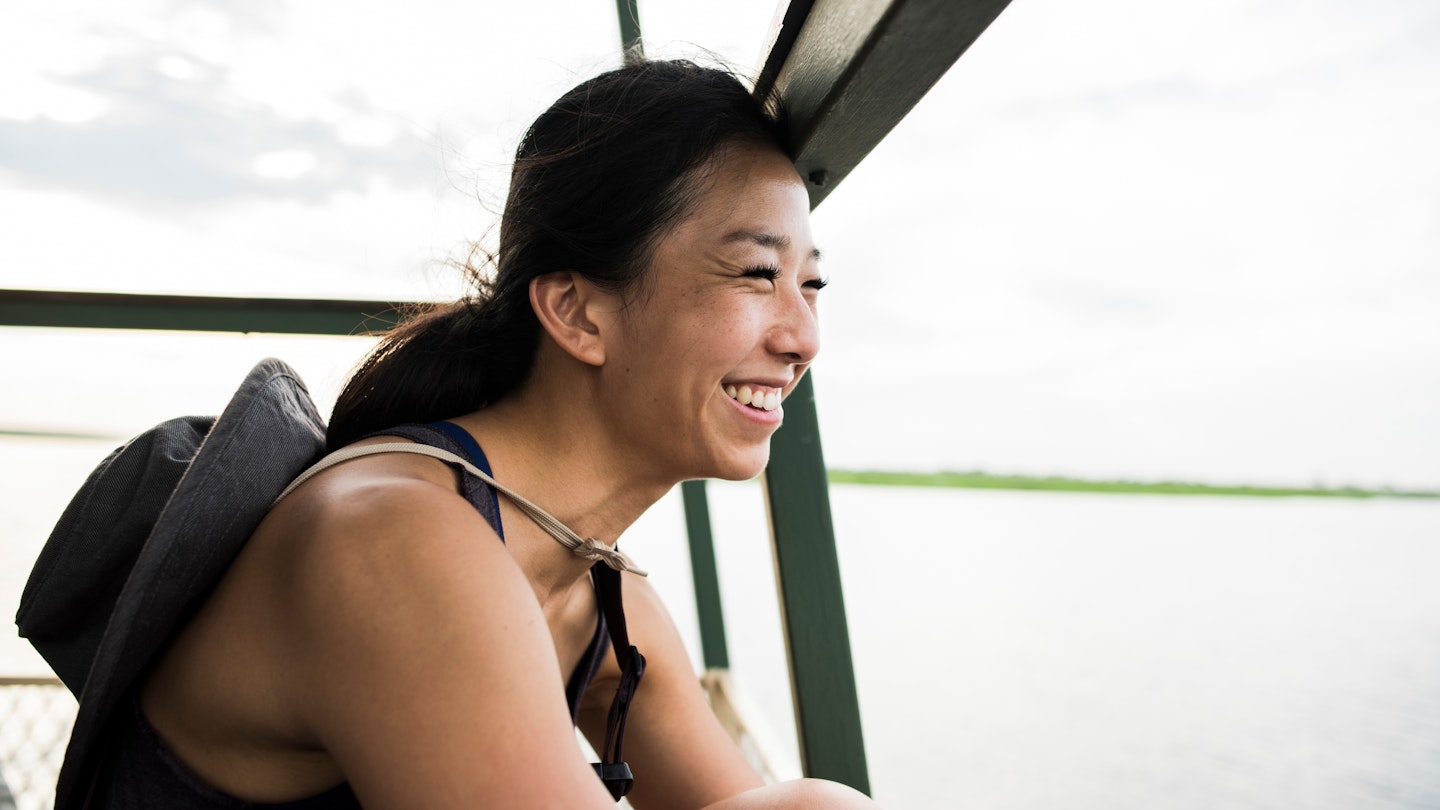From the watery wilderness of the Okavango Delta to the sweeping semi-arid savanna of the Kalahari Desert and the lunar-like salt pans of Makgadikgadi, Botswana offers superb wildlife-watching year-round.
The Best Time for Wildlife Watching
The opportune moment to visit Botswana hinges on what wildlife you wish to observe, which parks you want to explore, and your financial considerations. Do you yearn to see endangered African wild dogs, lion prides on the hunt, or one of the largest migrations in Africa? Perhaps you dream of gliding along reed-fringed waterways in a mokoro (narrow dugout canoe) or bouncing over sunlit salt pans on a quad bike. Would you prefer to avoid the crowds or are you planning a family trip?
Regardless of the season, it’s essential to be mindful of the heat and dust during the dry months, potential muddy roads during rain, and notably cold desert nights. However, the compelling wildlife and breathtaking landscapes will certainly captivate and surprise any visitor.
The High and Dry Season (June to October)
August and September serve as the peak months for wildlife spotting due to their bone-dry weather and vibrant wildlife concentrations. The dry winter season generally spans April to October, providing endless blue skies and warm days with chilly nights. During this period, June sees cooler temperatures, averaging around 25°C (77°F), with night temperatures sometimes dropping below freezing, offering stunning stargazing opportunities. Notably, this is when the Okavango Delta experiences peak floods, attracting wildlife to seasonal high waters and permanent water sources like the Kwando and Chobe Rivers.
September and October: A Fisherman’s Paradise
As the weather warms up, the focus shifts to tiger fishing in September and the barbel run in October. The decrease in water levels following winter floods initiates a feeding frenzy among fish, creating exciting opportunities for anglers and birdwatchers alike.
Shoulder Season (April, May, and November)
The shoulder seasons offer a transitional climate, with unpredictable weather still bursting with wildlife vitality. Many lodges lower their rates during this time, making trips more budget-friendly without sacrificing the abundance of wildlife experiences.
Low Season (December to March)
The summer rains, or green season, from December to March yield high temperatures and heavy downpours, especially in January and February, typically the wettest months. This is the most economical time to visit Botswana; however, fewer travelers often result in some lodges closing operations, muddy campsites, and inaccessible roads. Despite these conditions, photographers are drawn to the dramatic skies and flourishing landscapes, while the Kalahari comes alive and the annual zebra migration is a noteworthy sight.
Explore Cultural Experiences in March and April
The summer months also herald cultural events, such as the Maitisong Festival in Gaborone, showcasing local music, dance, and drama.
Seasonal Highlights
January Thunderstorms
As the rains commence, dramatic thunderstorms become a common sight. This vibrant season also features incredible birdwatching opportunities, especially around lush landscapes.
February’s Migration
This month often sees the rainest conditions, but also the greatest diversity of wildlife, including thousands of Burchell’s zebra migrating in search of greener pastures.
The Okavango Delta in July and August
Mid-year is when visitor numbers peak, and wildlife congregates around plentiful water sources. Take advantage of exclusive guided walking safaris during this time.
Monsoon Season in November
As rains return, the landscape transforms into lush greenery attracting new wildlife, and the arrival of migratory birds brings color and activity to the tranquil scene.
Year-End and Holiday Spirit in December
December welcomes humid weather and sporadic thunderstorms, revitalizing the desert’s flora and fauna just as young antelopes enhance the beauty of the landscape. The arrival of migratory birds provides a spectacular sight for nature lovers.




